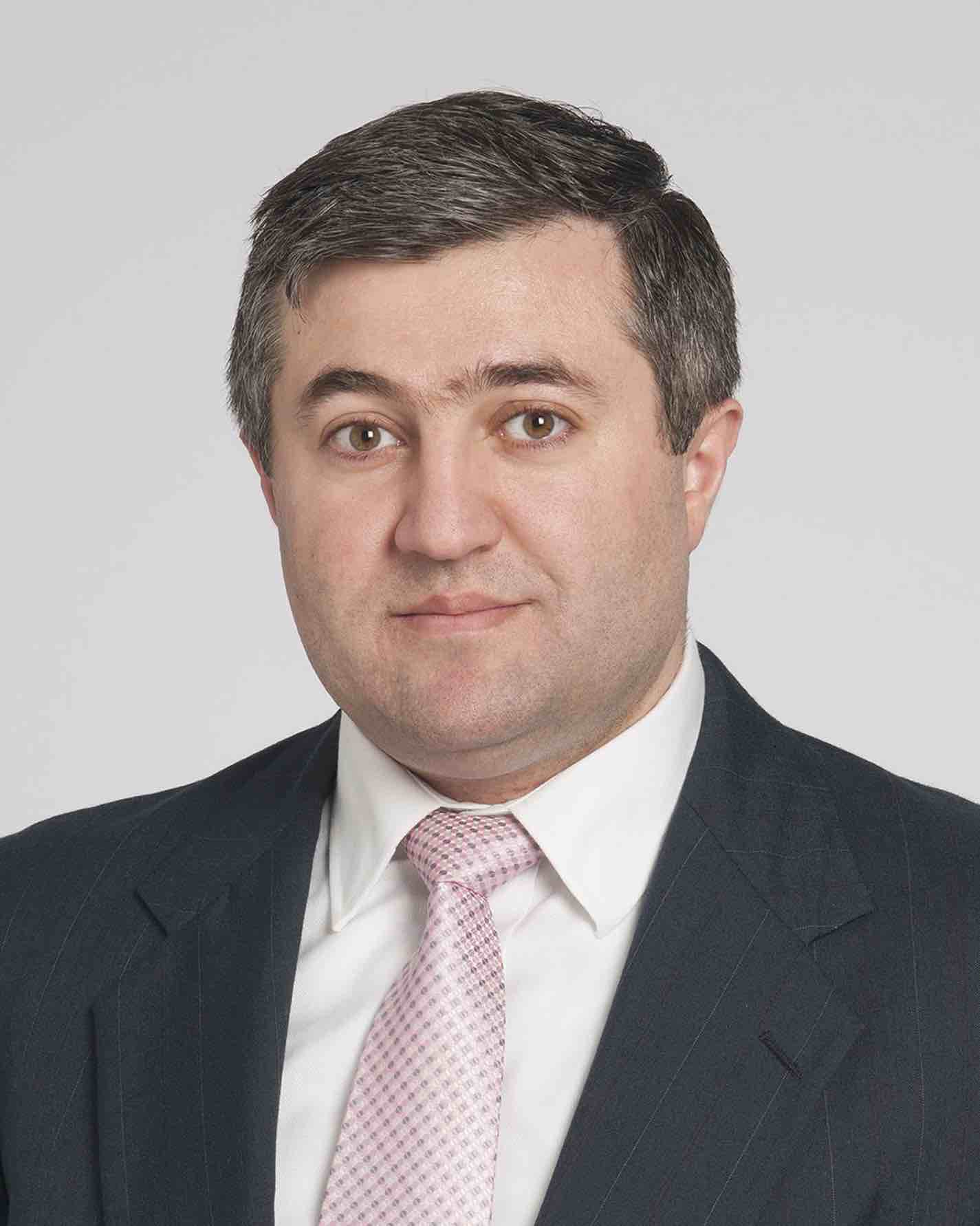Researchers at Cleveland Clinic Children’s released preliminary data on June 13th, 2023 from a clinic trial using a novel gene therapy to treat sickle cell disease. The clinical trial is aimed at discovering a cure for sickle cell disease and the results show positive outcomes among its first patients.
What is sickle cell disease?
Sickle cell disease, a genetic blood disorder, is a painful and debilitating condition for which there are few approved therapies.
Researchers involved in the multicenter RUBY Trial presented an update on the safety and effectiveness of a single dose of EDIT-301, an experimental one-time gene-editing cell therapy that modifies a patient’s own blood-forming stem cells to correct the mutation responsible for sickle cell disease. Results were presented at the European Hematology Association Hybrid Congress in Frankfurt, Germany.
The first four patients, two of whom are participating in the RUBY trial at Cleveland Clinic Children’s, had their stem cells collected for gene editing. The patients then underwent chemotherapy treatment to destroy their remaining bone marrow, making room for the repaired cells that were later infused back into their body.
This is the first time a novel type of CRISPR gene-editing technology – known as CRISPR/CA12 –is being used to edit human cells in a clinical trial. This technology is a highly precise tool to modify blood stem cells genomes that can potentially enable robust, healthy blood cell production.
What does the data say?
The data showed new white blood cells in all four patients at about four weeks with no severe adverse effects. Patients also achieved a normal level of hemoglobin, which is the most important component of red blood cells that carry oxygen throughout the body. The patients also have been free of sickle cell disease’s associated pain attacks for a period of 11 months and seven months following therapy.
“New treatments like this are critical for people who have sickle cell disease,” said Rabi Hanna, M.D., director of the pediatric blood and bone marrow transplant program and principal investigator at Cleveland Clinic Children’s. “These initial results provide hope that this new technology will continue to show progress as we work toward creating a possible functional cure for this devastating and life-threatening disease.”
World Health Organization statistics:
According to the World Health Organization, approximately 5% of the world’s population carries trait genes for hemoglobin disorders, mainly, sickle-cell disease and thalassemia.
It should be noted, however, that this does not mean they will develop the disease. It is estimated that 300,000 babies with severe hemoglobin disorders are born each year. India and countries in the Middle East and Africa are among those with a higher prevalence for sickle cell disease.
Average life expectancy is still in the mid-40s
Sickle cell disease is an inherited blood disorder that leads to the production of abnormal hemoglobin, which is a red protein responsible for transporting oxygen in the blood. Normal red blood cells are round and can move through small blood vessels to deliver oxygen. However, in people with sickle cell disease, the genetic change in DNA causes a chemical alteration in hemoglobin and alters the shape of red blood cells into a sickle, blocking them from passing through narrow blood vessels.
They can clog or break apart which also leads to decreased red blood cell life, and increased iron storage in the liver and heart. This can cause conditions such as liver fibrosis, liver failure, stroke, cardiomyopathy and heart failure along with severe pain.
For most people with the disease, medications can modify disease severity and treat symptoms. However, despite current therapies, the average life of a sickle cell patient, is in the mid-40s. A blood or marrow transplant can cure sickle cell disease, but the transplant often requires a sibling donor and has the potential for severe graft-versus-host disease, which is when donor bone marrow or stem cells attack the recipient.
The RUBY Trial aims to enroll 40 adult patients, ages 18 to 50, with severe sickle cell disease. Patients will be monitored closely after treatment for up to two years.
Main photo credit: Rabi Hanna, MD, Cleveland Clinic Children’s
About Cleveland Clinic Children’s
Cleveland Clinic Children’s is a part of the Cleveland Clinic health system and offers full medical, surgical and rehabilitative care for infants, children and adolescents. Cleveland Clinic Children’s supports 389 beds in four acute care hospitals and one post-acute specialty hospital. In addition, pediatric services are available at more than 50 outpatient clinic locations across Northeast Ohio. Children’s is a non-profit, multi-specialty academic medical center integrating clinical care, research, and education. Cleveland Clinic Children’s consistently ranks among the “Best Children’s Hospitals” by U.S. News & World Report.





![women [longevity live]](https://longevitylive.com/wp-content/uploads/2020/01/photo-of-women-walking-down-the-street-1116984-100x100.jpg)









